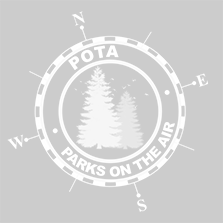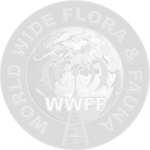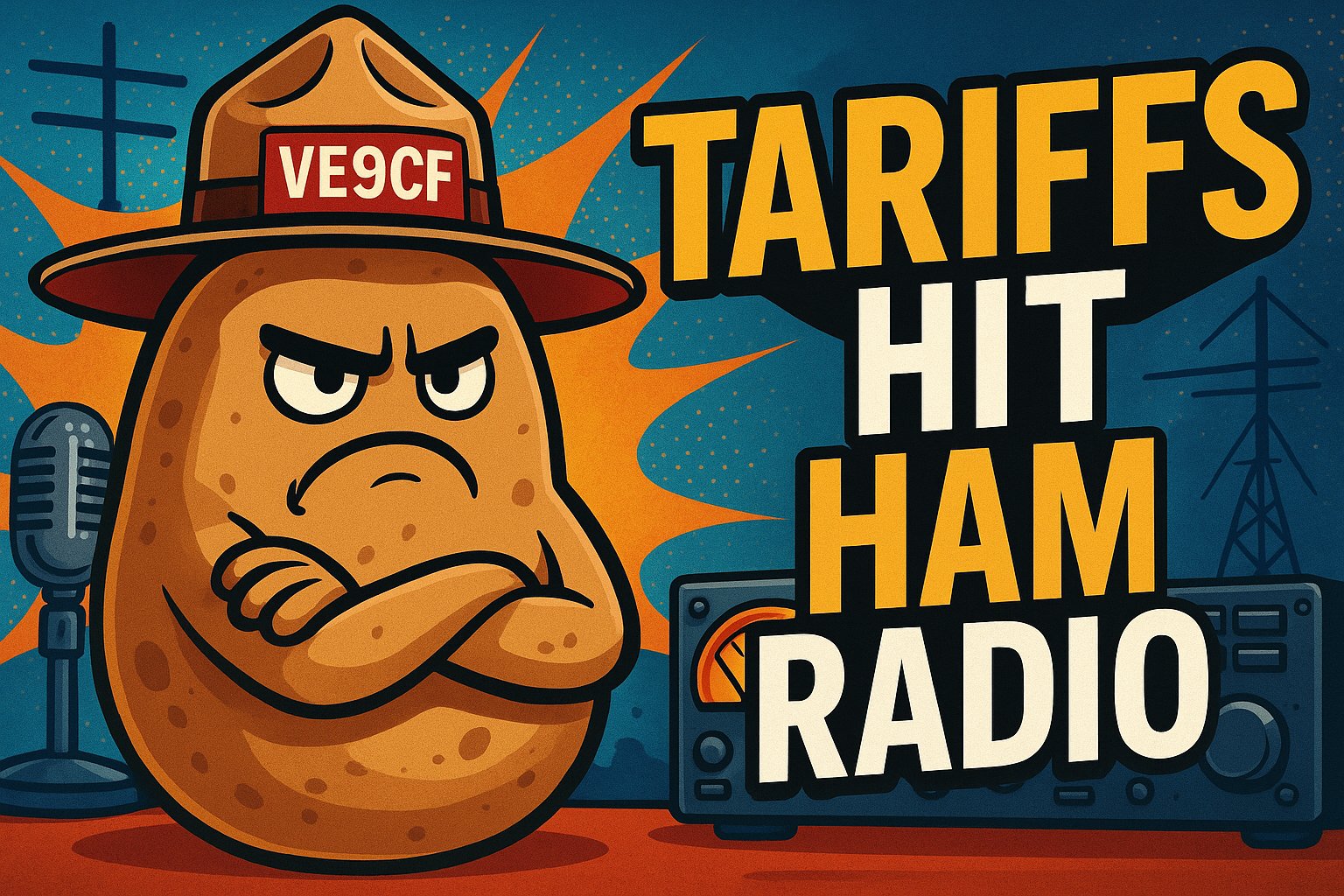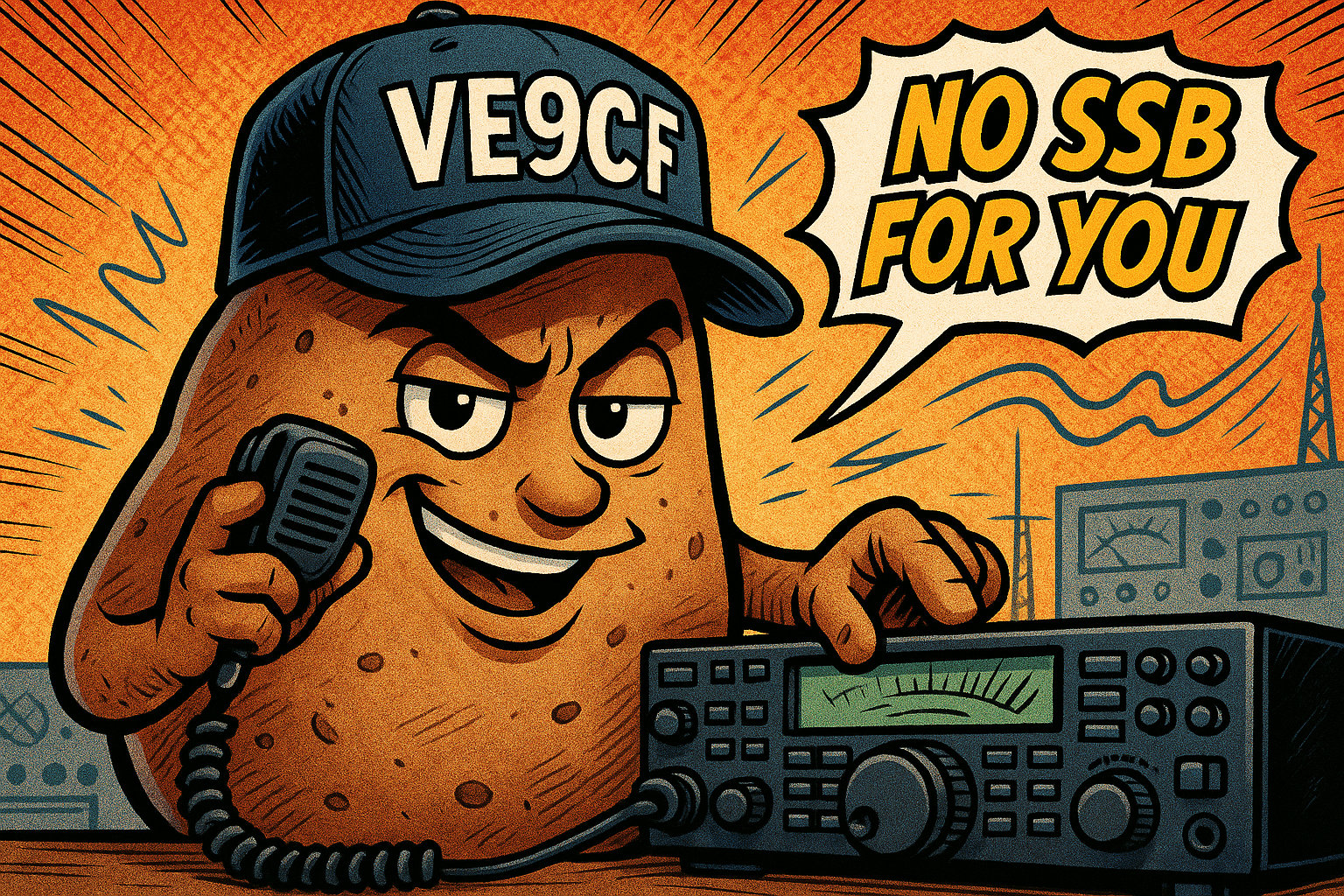This One Thing Makes WWFF A Top-Notch Parks Program Over Others: Unique Activation Challenges
Amateur radio enthusiasts have long enjoyed operating from parks and natural areas, but the World Wide Flora & Fauna (WWFF) program takes this experience to new heights. WWFF encourages operators to immerse themselves in nature while making complete contact, unlike other park-based radio activities. The program's unique points system rewards longer activations, fostering a deeper connection with the environment and promoting conservation awareness.
WWFF stands out by emphasizing quality over quantity. While some programs focus on quick contacts, WWFF's structure encourages operators to spend more time in each location. This approach improves the chances of rare and long-distance contact and allows participants to appreciate the natural beauty surrounding them.
By combining radio operations with outdoor activities like camping and wildlife observation, WWFF creates a more holistic experience. Operators often bring family members along, turning radio activations into memorable outings. This inclusive aspect helps grow the amateur radio community and introduces more people to the joys of exploring protected flora and fauna areas.
Key Takeaways
- WWFF's points system encourages longer, more meaningful park activations
- The program combines radio operation with nature appreciation and conservation efforts
- WWFF fosters community growth by creating inclusive, family-friendly outdoor experiences
What Defines the WWFF Program
WWFF stands for World Wide Flora and Fauna in Amateur Radio. The program encourages licensed ham radio operators to venture outside their usual operating environments.
WWFF's primary goal is to draw attention to the importance of Protected Flora and Fauna areas. This program combines the thrill of amateur radio with a deep appreciation for nature.
When you participate in WWFF, you'll set up and operate your radio station from designated nature parks and protected areas. This unique approach serves two purposes:
- Generating interest in these vital ecological zones
- Enhancing your radio skills, especially in portable operations
WWFF operates in 59 countries, each with its national program. This global reach sets WWFF apart from other parks programs.
Unlike contests, WWFF is an awards program. You can earn recognition for your efforts in activating and contacting protected areas. This aspect adds a rewarding dimension to your outdoor radio adventures.
By participating in WWFF, you're not just improving your radio skills. You're also contributing to environmental awareness and conservation efforts. It's a unique blend of hobby and ecological responsibility.
Comparing Park Programming: WWFF Versus Others
When you explore amateur radio park programs, the World Wide Flora and Fauna (WWFF) stands out. Its unique approach sets it apart from popular programs like Parks on the Air (POTA) and Summits on the Air (SOTA).
WWFF emphasizes the importance of protecting nature, flora, and fauna. This focus aligns perfectly with the ethos of many outdoor enthusiasts who are also radio operators.
Unlike SOTA, which concentrates on summits, WWFF encompasses a broader range of natural areas. This inclusivity allows you to activate various locations, from forests to wetlands.
WWFF's global scope is another distinguishing feature. While POTA primarily covers North America, WWFF allows you to participate in activations worldwide.
Here's a quick comparison:
| Feature | WWFF | POTA | SOTA |
|---|---|---|---|
| Focus | Flora and Fauna | Parks | Summits |
| Global Reach | Yes | Limited | Yes |
| Environmental Emphasis | High | Moderate | Low |
WWFF's unique award system encourages continued participation. You can earn recognition for activating parks and contacting activators, fostering a vibrant community of radio enthusiasts.
By choosing WWFF, you're not just engaging in radio activities. You also contribute to environmental awareness and conservation efforts, making your hobby more meaningful.
The Core Component of Success for WWFF
The World Wide Flora & Fauna (WWFF) program has succeeded through a unique approach to amateur radio activities. At its heart lies the concept of outdoor operation in protected natural areas.
WWFF encourages you to leave your comfort zone and take your radio gear into nature. This core component sets it apart from other amateur radio programs.
You raise awareness about environmental protection by operating from parks and conservation areas. Your radio activities help highlight the importance of preserving flora and fauna.
The program's structure rewards both activators and hunters. As an activator, you earn points for qualifying references and making contacts. The more diverse locations you activate, the more recognition you receive.
WWFF's point system motivates you to:
- Achieve the minimum QSO count for each reference
- Extend your activations beyond the basic requirements
- Explore new areas and activate different references
- Return to previously activated locations for additional points
This approach fosters a sense of adventure and exploration. It pushes you to improve your portable operating skills while enjoying the outdoors.
The program's success also stems from its global reach. With over 36,000 protected areas registered worldwide, you have countless opportunities to participate, regardless of your location.
WWFF's core component of outdoor operation in protected areas creates a win-win situation. You enhance your radio skills, enjoy nature, and contribute to environmental awareness—all while participating in an engaging and rewarding program.
Why Points Encourage Better Overall Activations
The World Wide Flora and Fauna (WWFF) program has introduced a clever points system that motivates amateur radio operators to enhance their activations. This innovative approach rewards you for going above and beyond the basic requirements.
Earning points for each qualified reference and additional points for surpassing QSO thresholds encourages you to make more contacts during your activations. This system pushes you to engage with more operators and spend more time on-air at each location.
The points structure also rewards diversity in your activations:
- Base points for achieving the 44 QSO minimum
- Bonus points for exceeding higher QSO thresholds
- Extra points for activating different DX entities
This multi-faceted approach motivates you to:
- Extend your activations beyond the minimum requirements
- Return to previously activated sites for longer sessions
- Explore new references and DX entities
The WWFF points system ultimately leads to a richer experience for activators and hunters by incentivizing longer and more varied activations. You're more likely to operate portable for extended periods, increasing your chances of making valuable contacts and enjoying the natural surroundings.
The annual reset of points adds an extra layer of excitement, encouraging you to revisit favourite spots each year while still seeking new adventures. This balanced approach keeps the program fresh and engaging for all participants.
POTA 10 QSOs Run & Gun Not For Everyone
Parks on the Air (POTA) has gained popularity among amateur radio operators. Its "10 QSOs and you're done" approach appeals to many, but it's not ideal for everyone.
The quick activation style suits those with limited time or equipment. You can set up, make your contacts, and move on swiftly. This efficiency is perfect for operators juggling busy schedules or traveling between parks.
However, this rapid-fire method may not satisfy all ham radio enthusiasts. Some operators prefer a more leisurely pace, enjoying extended conversations and building relationships with fellow hams.
Pros of POTA's 10 QSO approach:
- Quick activations
- Suitable for busy schedules
- Encourages park-hopping
Cons:
- Limited time for meaningful exchanges
- It may feel rushed or impersonal
- Less opportunity for skill development
For those who savour the social aspect of amateur radio, POTA's brief QSOs might feel unfulfilling. You might miss fascinating discussions about radio equipment, antennas, or local geography.
If you're new to ham radio, the rapid-fire nature of POTA activations could be overwhelming. You might prefer a program that allows more time to practice your operating skills and gain confidence.
Remember, your ham radio journey is personal. While POTA's efficient approach works for many, finding a parks program that aligns with your operating style and goals is essential.
Expanding the WWFF Community
WWFF encourages you to step outside and make nature your shack. This unique approach sets it apart from other amateur radio programs. By embracing the great outdoors, you're expanding your radio skills and growing the WWFF community.
You can participate in WWFF as either an activator or a hunter. Activators set up their stations in protected areas while hunters try to contact them. This dual-role system allows for greater engagement and community growth.
To further expand the WWFF community, consider these strategies:
- Organize local WWFF events in your area
- Share your experiences on social media
- Mentor new amateur radio operators in WWFF activities
The program's global reach is impressive, with over 36,000 protected areas registered worldwide. This vast network provides ample opportunities for you to connect with fellow enthusiasts across the globe.
WWFF's user-friendly approach makes it accessible to both seasoned operators and newcomers. As you progress, you can easily apply for colourful awards, which motivate you to continue participating and expanding your skills.
By actively engaging in WWFF activities, you're growing the community and raising awareness about protected flora and fauna areas. This unique blend of amateur radio and environmental consciousness sets WWFF apart from other programs.
Celebrating Achievements and Recognitions
The World Wide Flora and Fauna (WWFF) program excels at recognizing participants' accomplishments. WWFF offers various ways to celebrate your achievements as you explore parks and activate them on the air.
One of the key features is the award system that acknowledges your progress. You can earn certificates and plaques to showcase your dedication as you activate more reference areas.
WWFF also maintains an online leaderboard where you can track your standings among fellow participants. This friendly competition adds an extra layer of excitement to your park activations.
The program encourages peer appreciation through its active community forums. Here, you can share your experiences, congratulate others on their achievements, and receive recognition for your efforts.
Special event activations provide another opportunity for recognition. You might participate in themed contests or challenges with unique awards and acknowledgments.
WWFF's social media presence allows for public praise of notable activations. Your photos and stories from rare or challenging locations could be featured, giving you widespread recognition within the community.
Remember, every contact you make during an activation contributes to your overall program achievement. WWFF's comprehensive tracking system ensures that all your efforts are properly recorded and celebrated.

